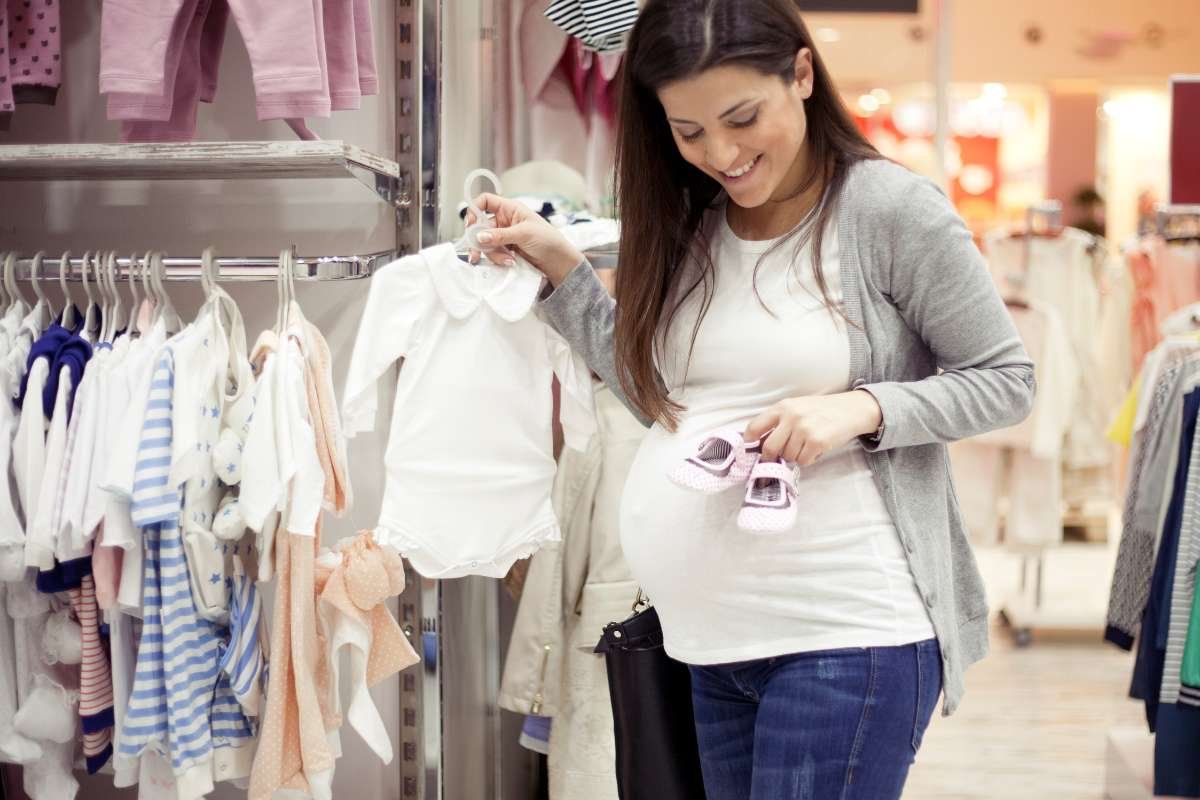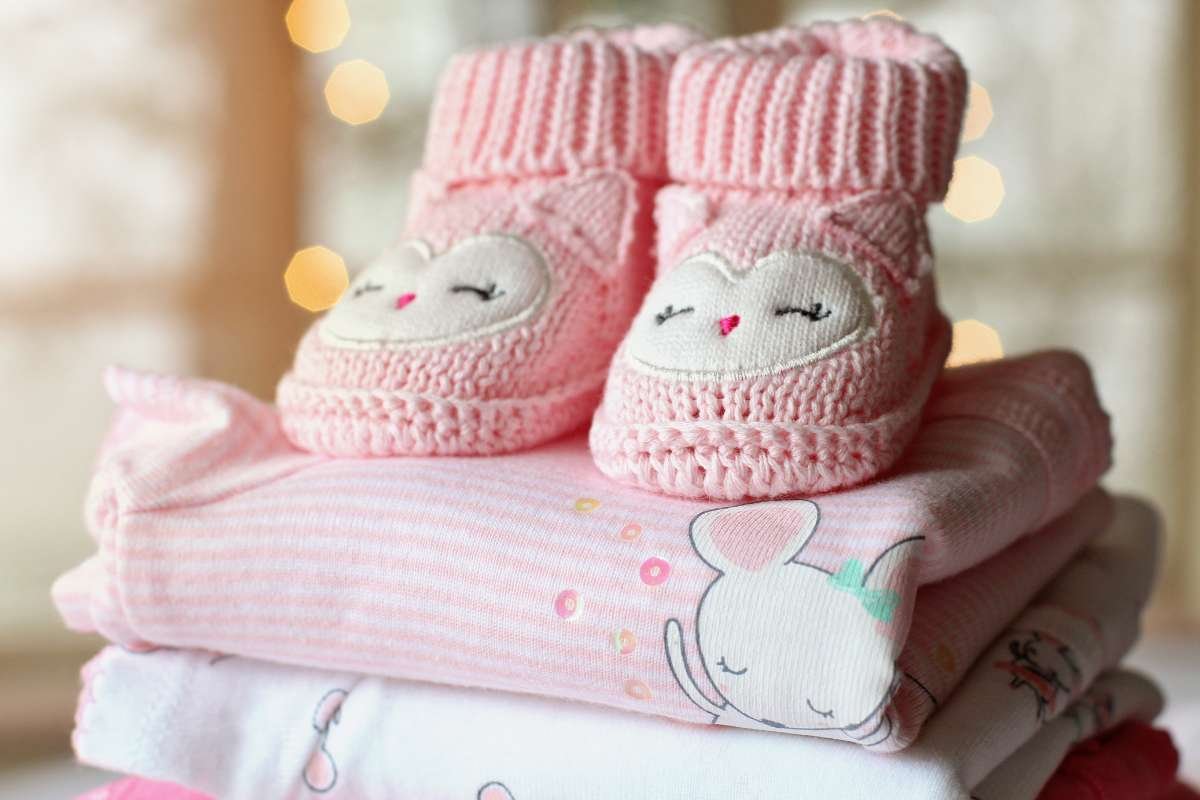We all have heard that when a woman gives birth to a child, she is reborn. Getting pregnant, and becoming a mom is a life-altering experience. It’s a mixture of feelings filled with joy, challenges, and learning a lot. In this beautiful process, moms learn so many things about babies like how to take care of babies, what their needs are, and baby clothes are a big part of that.
As this new role and responsibility come the way it also sparks creativity and the desire to build something meaningful, leading many moms to explore entrepreneurship. If you’ve ever considered starting something of your own, now is a perfect time to start a baby clothes business. Let’s explore how you can start a baby clothes business and learn some success stories of mompreneurs.
Table of Contents
Why to start a baby clothes business?

With the rising population and consumer interest in sustainable, organic, and fashionable baby wear the baby clothing market is booming. New parents are willing to invest in high-quality outfits that provide comfort and style for their children. Thanks to e-commerce websites and social media, marketing has made it easier than ever to establish a brand and reach a global audience.
A step-by-step guide to starting a baby clothes business:
Step 1: Conduct Market Research and Niche down your Niche
The baby clothes market is large and you need to define your niche before starting your business. Narrowing your focus will help you target your marketing efforts and stand out from the competition.
Here are some points that you need to look into:
Analyze your competitors: Identify their strengths, weaknesses, products, pricing, and marketing strategies to find opportunities for differentiation.
Understand customer preferences: Research what parents want in baby clothes (e.g., comfort, style, materials, and price) through surveys, reviews, and social media.
Adaptive Clothing: Consider specializing in clothing designed for babies with disabilities or special needs, addressing a specific and underserved market.
Identify your Target Audience: Define your ideal customer by demographics, psychographics, and parenting styles to tailor your products and marketing.
Research current trends: Stay up-to-date on the latest styles, colors, fabrics, and designs in baby fashion through industry reports, social media, and retail analysis.
Step 2: Develop a Business Plan
A business plan is a pillar of any successful business. It should outline your business model if you are going online or a physical store, or maybe both.
Points you need to keep in mind:
· Start-up cost
· Inventory
· Website Development
· Branding and marketing expenses.
Step 3: Register your Brand Identity

After planning your business, you need a unique name for your brand so that people can remember you forever. Also, check for the availability of the domain if you are planning to go online. And after deciding the name register your brand legally and get the necessary documentation.
Step 4: Quality Materials and Manufacturing Source
From the customer’s perspective when it comes to spending people are very particular. So when you are about to start a baby clothes business, opt for soft hypoallergenic, eco-friendly fabrics. Keep reliable suppliers and manufacturers who meet safety standards and can produce high-quality garments. And if you are creating something unique, work with skillful people or manufacturers that offer customization.
Easiest Way To Start A Baby Clothes Dropshipping Business ($10k/Week!)
The baby niche is one that never slows down. Parents and guardians spend top dollar to ensure their kid’s comfort, which is something we, as dropshippers, can help with! Today we’ll go over:
👶 How to get started in the baby niche
📈 What products sell most and are trending
🏭 Top suppliers to partner with …and more!
Step 5: Design and manufacture your clothing line
To stand out from the crowd you need to focus on trendy but practical design, offer a variety of sizes, and ensure safety regulations to avoid mishaps. Once designs are finalized, send them to your manufacturer for production.
Step 6: Build an Online Presence
Your online presence can help you get more customers even if you are running an offline store. For an online store, you can create an E-commerce website, and use social media to promote your brand online to reach your target audience. Invest in Search Engine Optimization, optimizing the website with relevant keywords like “start a baby clothes business” will increase the traffic on your page.
Step 7: Marketing Strategy is a key
While growing your baby clothes brand, marketing is key. Influencer collaboration, Email Marketing, Content Marketing, and Paid advertising are some of the tactics you can use to increase your brand awareness.
Step 8: Shipped and Delivered
Fast and accurate order processing keeps customers happy. In self-fulfilment you have to manage packaging and shipping in house, while third-party logistics (3PL) entails partnering with fulfillment centers to handle storage and shipping, and dropshipping means working with suppliers who directly ship products to customers.
Step 9: Budgeting and Pricing

Running a sustainable business requires tracking expenses and revenue, and implementing financial strategies such as setting competitive prices that factor in material costs, production, and profit margins, using bookkeeping software like QuickBooks or Wave for financial tracking, and considering funding options like small business loans, crowdfunding, or personal savings for startup capital.
Step 10: Grow your Business
After establishing your brand, focus on expansion by introducing new collections, including seasonal launches and limited editions to create excitement, expanding to wholesale by selling your baby clothes to boutiques and department stores, exploring international markets by shipping globally to increase revenue, and implementing customer loyalty programs to offer discounts and rewards to repeat customers.
Conclusion
To successfully start a baby clothes business, you need a combination of creativity, strategic planning, and marketing efforts. The baby clothing industry is competitive, but with high-quality products, a strong brand identity, and a robust marketing strategy, you can carve out your space in the market. Follow these steps, stay consistent, and watch your business grow into a thriving venture.









